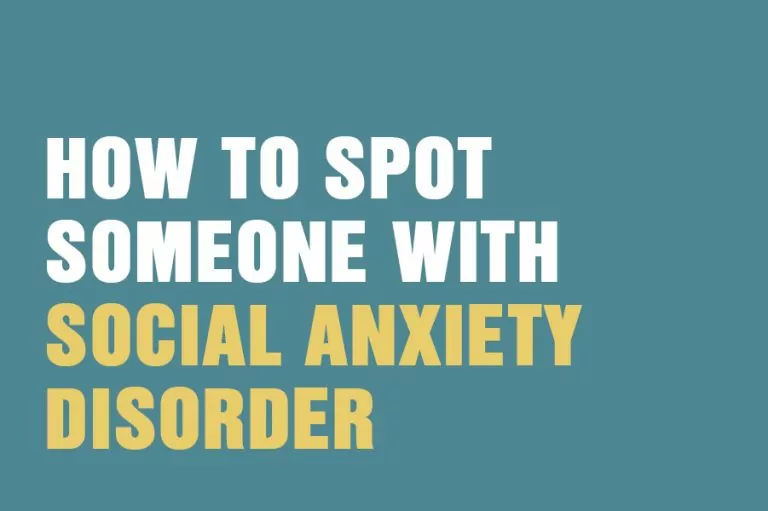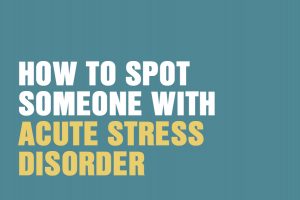You may have heard of social anxiety disorder, also known as social phobia, and perhaps think that someone who has the condition might feel rather shy at parties or other social situations. But social anxiety is more than feeling a bit nervous before public speaking, or wondering whether they’ll have enough to say at a get-together.
Someone with social anxiety can suffer excruciating, debilitating fear at social situations that can trigger an anxiety attack (with symptoms such as hyperarousal and rapid heartbeat, heightened senses, dry mouth, wobbly legs, pain in chest, and the need to get out of there as quickly as possible). At the core of this threat-to-self that triggers these symptoms is a crippling self-consciousness and a terror of being scrutinised. Someone with social anxiety disorder fears exposure – being shamed in public – above all things. So much so that they will go out of their way to avoid social situations.
Symptoms of social anxiety disorder
Social anxiety disorder is a psychiatric condition that is defined in the DSM-V (the manual that psychiatrists use to diagnose patients). The list of symptoms includes:
- A persistent fear of one or more social or performance situations in which the person is exposed to unfamiliar people or to possible scrutiny by others. The individual fears that he or she will act in a way that will be embarrassing and humiliating –and/or that his or her anxiety symptoms will cause humiliation.
- Exposure to the feared situation almost invariably provokes anxiety, which may take the form of a situationally bound or situationally pre-disposed panic attack (meaning an actual panic attack that happens during the social situation, or the fear of a social situation that brings on a panic attack).
- The person recognises that this fear is unreasonable or excessive.
- The feared situations are avoided or else are endured with intense anxiety and distress. The effort to maintain a socially acceptable exterior can be beyond the resources of people with social anxiety disorder. Declining invitations, or inventing reasons not to attend, can seem the only option to avoid the inevitable distress.
- The avoidance, anxious anticipation, or distress in the feared social or performance situation(s) interferes significantly with the person’s normal routine, occupational (academic) functioning, or social activities or relationships, or there is marked distress about having the phobia.
- The fear, anxiety, or avoidance is persistent, typically lasting six or more months.
- The fear or avoidance is not due to direct physiological effects of a substance (such as drugs or medications) or a general medical condition not better accounted for by another mental disorder.
Options for treating social anxiety disorder
To recognise that someone close to you has social anxiety disorder can sometimes be a relief to know that the symptoms are recognised. Otherwise the person suffering can feel so ‘different’ from the rest of the socially able people they are sometimes forced to spend time with.
Any treatment approach will depend on the severity of the symptoms, and will individually tailored. If the physical symptoms of anxiety are present, such as hyperarousal and panic attacks – especially when they interfere with everyday functioning – then it’s worth visiting the GP to discuss medication options.
From a therapy perspective, CBT is generally recommended for social anxiety disorder. CBT can work with the thoughts that trigger the symptoms, and can work through exposing yourself gradually to what is fearful for you. CBT can also help contain some of the anxious thinking and fears about disapproving others, or being judged by them, that can sit at the root of social anxiety disorder.
If you are concerned about social anxiety, or know someone who could benefit from support, then give us a call on 020 8673 4545. We can put you in touch with one of our CBT therapists who can support you in your recovery. You can also email us on [email protected]







